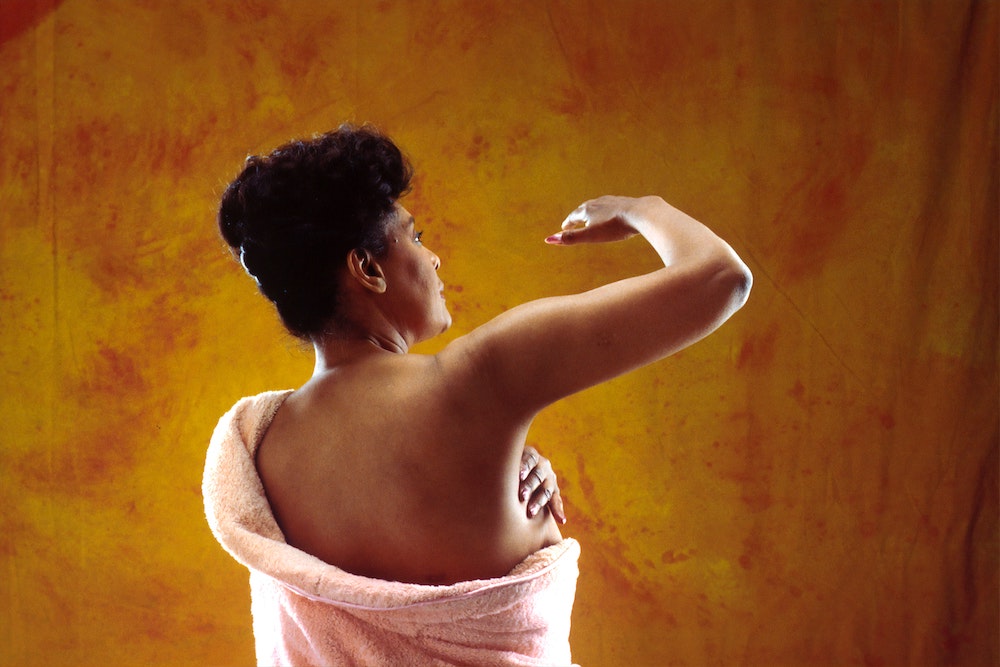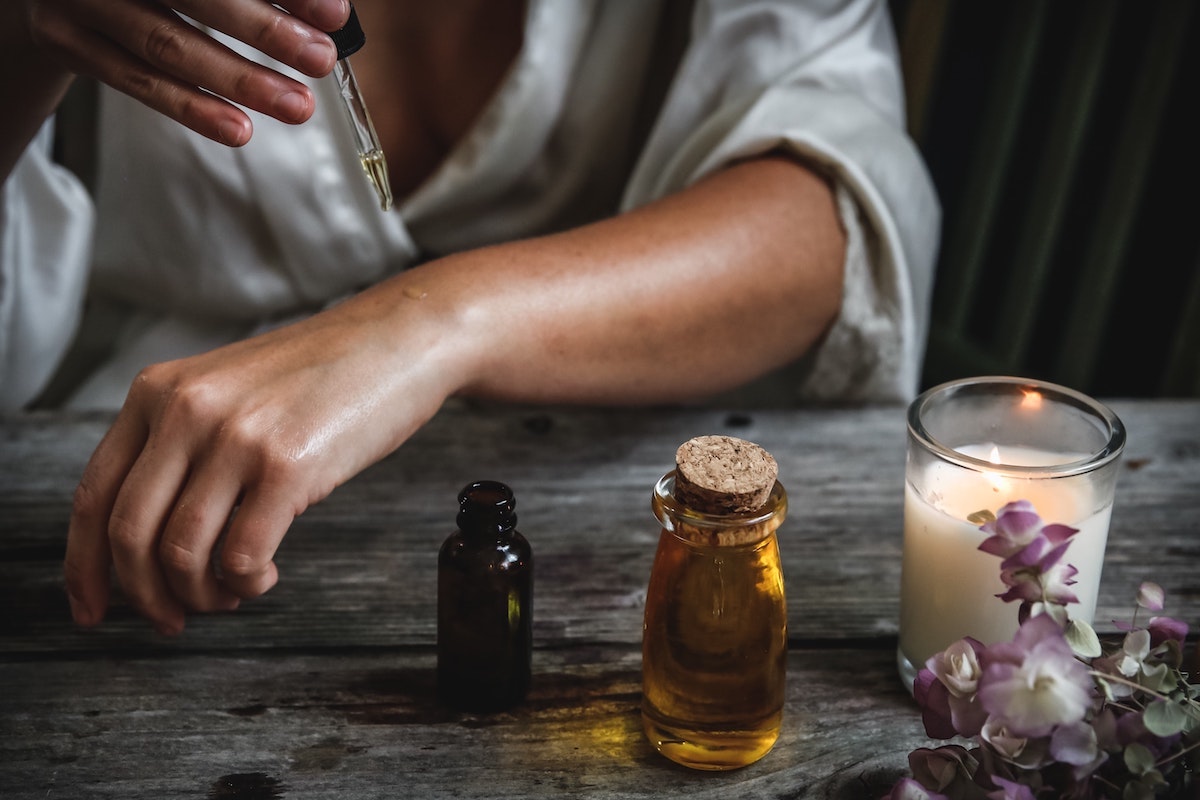
Blogs
I Found a Lump in My Breast… Now What?
You’re in front of your dresser and your hand runs through your chest. You feel something and just to be

You’re in front of your dresser and your hand runs through your chest. You feel something and just to be

Tips for Maintaining a Positive Attitude It’s often said that hard times don’t last, but the question is, how can

An Interview with Michelle Power, the leader of Pawsitively 4 Pink Pawsitively 4 Pink is a non-profit organization that


We use cookies
We use cookies and other tracking technologies to improve your browsing experience on our website, to show you personalized content and targeted ads, to analyze our website traffic, and to understand where our visitors are coming from. By browsing our website, you consent to our use of cookies and other tracking technologies.